Evolution of Presidential Authority in the United States
Concept Map
The evolution of presidential authority in the United States reflects a history of expanding executive power in response to national crises and changing political landscapes. Landmark expansions include actions by Presidents Lincoln, FDR, and Bush. The text explores the drivers, consequences, and future prospects of this growth, highlighting the balance between decisive leadership and democratic principles.
Summary
Outline
The Evolution of Presidential Authority in the United States
The evolution of presidential authority in the United States is a complex phenomenon characterized by the gradual increase in the power and influence of the President. This expansion is often a response to the demands of significant historical events, evolving political landscapes, and advancements in technology that facilitate rapid communication and executive action. While the U.S. Constitution sets forth the foundational powers of the President, the interpretation of implied powers and the necessary and proper clause has led to a broader scope of executive authority. The system of checks and balances, including congressional oversight and judicial review, remains essential in ensuring that the expansion of presidential power does not compromise the principles of the Constitution.Landmark Expansions of Presidential Power in History
The history of the United States features several instances where presidents have expanded the reach of executive power. President Abraham Lincoln's suspension of habeas corpus during the Civil War was a decisive action to preserve the Union. President Franklin D. Roosevelt's New Deal programs significantly increased the federal government's involvement in the economy to alleviate the effects of the Great Depression. Following the terrorist attacks on September 11, 2001, President George W. Bush established the Department of Homeland Security and signed the USA PATRIOT Act, which broadened executive powers in the realm of national security and surveillance. These historical examples demonstrate how presidents have utilized their authority to confront pressing national issues, thereby setting precedents for subsequent administrations.Theodore Roosevelt: A Catalyst for Executive Power Enhancement
Theodore Roosevelt's presidency (1901-1909) signified a transformative period for the executive branch, with a marked increase in presidential activism. Roosevelt's assertive foreign policy, known as "Big Stick" diplomacy, extended American influence internationally. Domestically, he was a proponent of conservation and regulatory reforms aimed at curbing monopolistic practices. His establishment of the National Forest Service and vigorous enforcement of antitrust legislation exemplified a proactive stance on using presidential power, shaping the role of the executive branch in the 20th century.Franklin D. Roosevelt and the Proliferation of Executive Orders
Franklin D. Roosevelt's presidency was a defining era in the expansion of executive power, particularly through the use of executive orders as a tool to swiftly implement the New Deal policies during the Great Depression. Noteworthy executive orders from FDR include the 1933 order to nationalize gold holdings to reform the monetary system and the 1942 order authorizing the internment of Japanese-Americans during World War II. These actions highlight the increasing capacity of the presidency to influence and direct national policy.Drivers of Presidential Power Expansion
The expansion of presidential power is driven by various factors, including the need for decisive leadership during emergencies and crises, such as wars, economic downturns, and terrorist attacks. Political dynamics, including partisanship and the strategic use of power by presidents, also contribute to the centralization of authority. The concentration of decision-making within the executive branch has resulted in a more prominent role for the President in shaping government policy and national direction.Consequences of Increasing Presidential Authority
The augmentation of presidential authority carries significant consequences for the distribution of power within the U.S. government and for the protection of civil liberties. A more dominant executive branch can potentially diminish the legislative power of Congress and constrain the judiciary's capacity to provide checks on presidential actions. This centralization of government authority may pose risks to individual rights, such as privacy and due process, particularly during periods of national emergency or conflict.The War Powers Act and Executive Military Authority
The War Powers Act of 1973 is a legislative attempt to curtail the President's military authority by mandating consultation with Congress prior to engaging U.S. forces in combat and by limiting the duration of military action without congressional approval. Despite these provisions, the Act has faced challenges in enforcement and interpretation, leading to ongoing debates between the legislative and executive branches over the scope of military power. Presidents have also utilized executive orders and national emergency declarations to bypass legislative constraints, although such actions are subject to review and potential limitation by Congress and the judiciary.Prospects for the Continuation of Presidential Power Growth
The trajectory of presidential power is likely to persist in its expansion, influenced by factors such as the increasing use of executive orders, a proactive stance in international affairs, and the role of social media in shaping public opinion. While the ability to take decisive action is a valuable asset in times of crisis, it also presents challenges to democratic principles and the balance of powers. The future of presidential authority will be shaped by political developments, technological innovations, and legal interpretations of executive power, emphasizing the need for ongoing vigilance to uphold democratic norms and institutional checks and balances.Show More
Factors Driving Expansion of Presidential Power
Historical Events
Presidents have expanded their authority in response to significant historical events such as wars, economic downturns, and terrorist attacks
Political Dynamics
Partisanship and strategic use of power by presidents contribute to the centralization of authority in the executive branch
Technological Advancements
Advancements in technology, particularly in communication, have facilitated rapid executive action and decision-making
Checks and Balances on Presidential Power
Constitutional Powers
The U.S. Constitution sets forth the foundational powers of the President, but the interpretation of implied powers and the necessary and proper clause has led to a broader scope of executive authority
Congressional Oversight
The system of checks and balances, including congressional oversight, ensures that the expansion of presidential power does not compromise the principles of the Constitution
Judicial Review
The judiciary plays a crucial role in reviewing and potentially limiting presidential actions to uphold democratic norms and institutional checks and balances
Historical Examples of Presidential Expansion of Power
Abraham Lincoln's Suspension of Habeas Corpus
President Lincoln's suspension of habeas corpus during the Civil War was a decisive action to preserve the Union
Franklin D. Roosevelt's New Deal Programs
President Roosevelt's New Deal programs significantly increased the federal government's involvement in the economy to alleviate the effects of the Great Depression
George W. Bush's Response to 9/11
President Bush's establishment of the Department of Homeland Security and signing of the USA PATRIOT Act expanded executive powers in the realm of national security and surveillance





